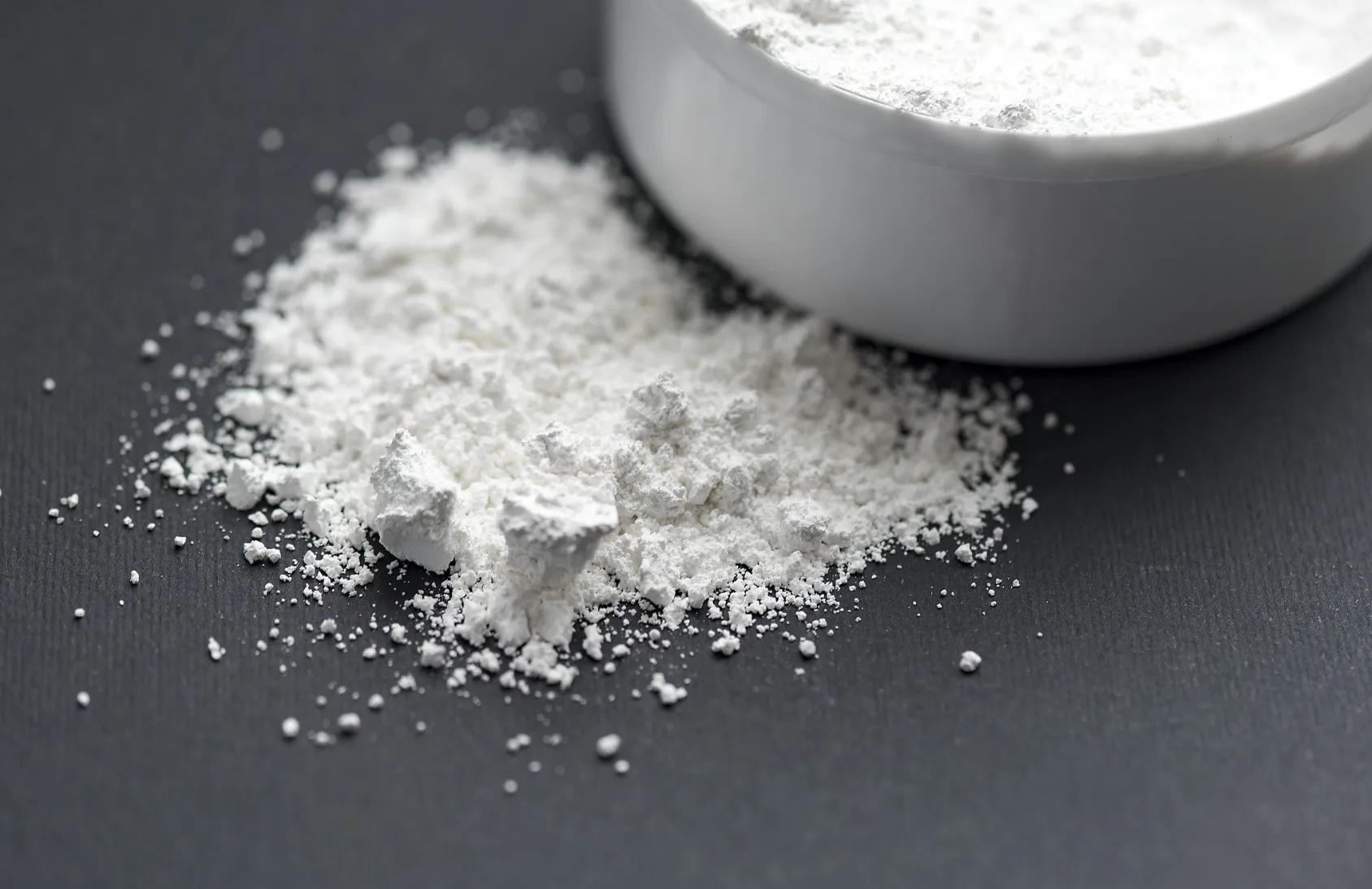
At KIMA CHEMICAL CO., LTD, we take pride in offering superior quality Methyl Hydroxyethyl Cellulose designed specifically for construction applications. This versatile chemical additive plays a critical role in enhancing the performance and durability of various construction materials, making it a staple in modern building practices. In this article, we explore the features, benefits, and applications of Methyl Hydroxyethyl Cellulose demonstrating why it is the preferred choice in the construction industry.
What is Methyl Hydroxyethyl Cellulose?
Methyl Hydroxyethyl Cellulose (MHEC) is a cellulose derivative commonly used as a thickening agent, binder, and water retention agent in construction materials. It is synthesized by chemically modifying cellulose, the natural polymer found in plant cell walls, by introducing methyl and hydroxyethyl groups. This modification enhances its solubility in water and improves its functional properties.
The unique structure of Methyl Hydroxyethyl Cellulose allows it to interact with cement, plaster, and other materials, improving workability and final product performance. Its high-performance characteristics make it indispensable in applications like tile adhesives, cement-based paints, and plasters.
Key Properties of Methyl Hydroxyethyl Cellulose
Understanding the properties of Methyl Hydroxyethyl Cellulose is essential to appreciate its role in construction:
Water Retention
One of the most important properties of Methyl Hydroxyethyl Cellulose is its ability to retain water within cementitious mixtures. This property ensures proper hydration of cement particles, reducing shrinkage and cracking, and ultimately leading to stronger, more durable structures.
Thickening and Rheology Control
Methyl Hydroxyethyl Cellulose acts as a rheology modifier, improving the viscosity and flow behavior of construction mixtures. This enhances workability and makes it easier to apply adhesives or plasters evenly, preventing sagging or dripping on vertical surfaces.
Adhesion and Binding
By increasing adhesion between materials, Methyl Hydroxyethyl Cellulose enhances the bonding strength in tile adhesives and plasters, contributing to better durability and resistance to mechanical stress.
Stability and Compatibility
MHEC is chemically stable and compatible with a wide range of construction components, including cement, lime, and various fillers. It does not interfere with the curing process, ensuring the integrity of the construction material.
Applications of Methyl Hydroxyethyl Cellulose in Construction
The versatility of Methyl Hydroxyethyl Cellulose makes it suitable for a variety of construction applications, each benefiting from its specialized properties.
Tile Adhesives
In tile adhesive formulations, Methyl Hydroxyethyl Cellulose improves workability and water retention, preventing rapid drying and enhancing adhesion to substrates. This leads to stronger and longer-lasting tile installations.
Cement-Based Paints and Coatings
Adding Methyl Hydroxyethyl Cellulose to cement-based paints improves viscosity and film formation, ensuring better surface coverage and durability. It also helps in preventing cracking and peeling of coatings exposed to environmental stress.
Plasters and Mortars
For plasters and mortars, Methyl Hydroxyethyl Cellulose provides enhanced water retention and binding capabilities. This leads to smoother application, increased flexibility, and reduced risk of shrinkage cracks.
Gypsum-Based Products
In gypsum plasters and joint compounds, Methyl Hydroxyethyl Cellulose improves workability and adhesion, making it easier to apply and finish surfaces while improving their strength and durability.
Benefits of Using Methyl Hydroxyethyl Cellulose in Construction
Incorporating Methyl Hydroxyethyl Cellulose into construction materials offers several tangible benefits:
Enhanced Workability
By modifying viscosity and flow properties, MHEC makes mixtures easier to handle and apply, reducing labor time and improving the quality of the finish.
Improved Durability
Water retention properties ensure complete hydration of cement, leading to stronger structures with longer service life and resistance to environmental wear.
Increased Adhesion
Better bonding between layers and materials minimizes failure risks such as delamination or cracking, ensuring a reliable and consistent construction outcome.
Reduced Material Waste
MHEC’s ability to control setting times and consistency helps reduce waste due to sagging or improper application, making construction projects more cost-effective.
Environmentally Friendly
Derived from natural cellulose and biodegradable, Methyl Hydroxyethyl Cellulose is a sustainable additive option aligned with green building practices.
How to Choose the Right Methyl Hydroxyethyl Cellulose
Selecting the appropriate grade and concentration of Methyl Hydroxyethyl Cellulose depends on the specific construction application and desired performance characteristics. Factors to consider include:
- Viscosity Grade: Determines thickening ability and application method.
- Substrate Compatibility: Ensures no adverse reactions with other materials.
- Application Method: Spray, trowel, or brush application may require different formulations.
- Environmental Conditions: Temperature and humidity can influence performance.
Consulting with experts at KIMA CHEMICAL CO., LTD can help identify the optimal MHEC grade for your project.
Industry Standards and Quality Assurance
At KIMA CHEMICAL CO., LTD, quality is paramount. Our Methyl Hydroxyethyl Cellulose products meet stringent industry standards and undergo rigorous quality control tests to guarantee consistency, purity, and performance. We ensure that every batch of MHEC delivered is optimized for maximum effectiveness in construction applications.
Conclusion
Methyl Hydroxyethyl Cellulose is a vital component in modern construction, offering high-performance benefits that improve the workability, durability, and adhesion of building materials. Its water retention, thickening, and binding properties make it indispensable in tile adhesives, plasters, mortars, and cement-based coatings. At KIMA CHEMICAL CO., LTD, we provide top-quality Methyl Hydroxyethyl Cellulose tailored to meet the demands of today’s construction industry, ensuring superior outcomes for your projects.




